lab tools
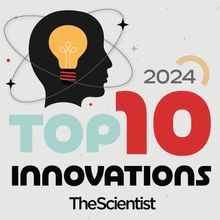
2024 Top 10 Innovations
The Scientist Staff | Dec 13, 2024 | 10+ min read
The latest group of winning technologies has a little something for everyone—from scientists at the lab bench to those in the clinic and even the classroom.
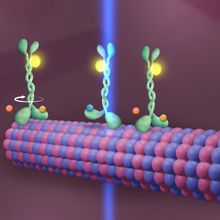
High-Resolution Microscope Watches Proteins Strut Their Stuff
Holly Barker, PhD | Mar 31, 2023 | 3 min read
Modification on a high-resolution fluorescent microscopy technique allow researchers to track the precise movements of motor proteins.
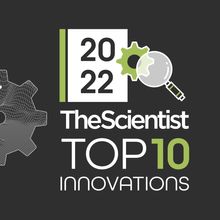
2022 Top 10 Innovations
The Scientist | Dec 12, 2022 | 10+ min read
This year’s crop of winning products features many with a clinical focus and others that represent significant advances in sequencing, single-cell analysis, and more.
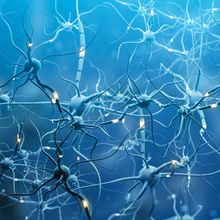
CRACK Method Reveals Novel Neuron Type in Mouse Brain
Dan Robitzski | Apr 18, 2022 | 3 min read
A new technique reveals cells’ precise locations and functions in the brain. Its developers have already used it to identify a previously unknown neuron type.
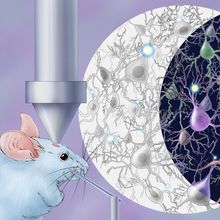
Infographic: Simultaneously Studying Neuron Structure and Function
Dan Robitzski | Apr 18, 2022 | 1 min read
A new methodology combines existing techniques to reveal the specific function and location of multiple types of neurons at once.

Improving Reproducibility with Automated Liquid Handling
The Scientist Creative Services Team in collaboration with Eppendorf | Oct 14, 2021 | 2 min read
Automated liquid handling reduces manual labor and improves precision, reproducibility, and throughput.
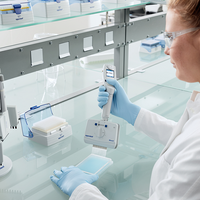
Transforming Multichannel Pipettes
The Scientist Creative Services Team in collaboration with Eppendorf | Jun 15, 2021 | 2 min read
Multichannel pipettes with adjustable tip spacing increase the efficiency and reproducibility of high-throughput experiments.

Microbiologist Thomas Brock Dies at 94
Lisa Winter | Apr 23, 2021 | 2 min read
Brock’s discovery of a thermophile bacteria at Yellowstone National Park in 1966 eventually enabled the development of PCR.
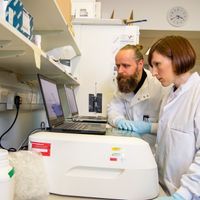
Q&A: A Molecular Toolkit to Build SARS-CoV-2 Research Capacity
Asher Jones | Mar 3, 2021 | 6 min read
Sam Wilson discusses a user-friendly set of resources that he and his collaborators developed to aid labs pivoting to study COVID-19.

New Tissue Clearing Methods Offer a Window into the Brain
Andy Tay | Oct 1, 2019 | 7 min read
Researchers are developing a variety of approaches for clearing neural tissue to get a better view of the brain’s circuitry.
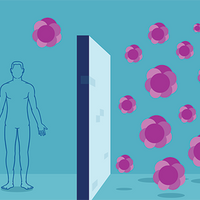
Contending with Resistance in Cancer Immunotherapy
Marissa Fessenden | Apr 1, 2019 | 7 min read
Researchers describe ways to study how cancer cells evade therapies that harness the immune system.

The Dark Matter of the Human Proteome
Annie Rathore | Apr 1, 2019 | 10 min read
Advances in the functional characterization of newly discovered microproteins hint at diverse roles in health and disease.

Researchers React to Microsoft’s Acquisition of GitHub
Anna Azvolinsky | Jun 7, 2018 | 4 min read
Computational biologists are optimistic that the purchase of the world’s largest hub for open-source computer code will not affect the way they use GitHub for science.
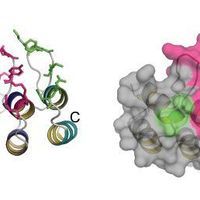
Using Mimics to Get Around Antibodies’ Limitations
Devika G. Bansal | Jun 1, 2018 | 7 min read
Synthetic and natural alternatives to traditional antibodies offer more control, specificity, and reproducibility.
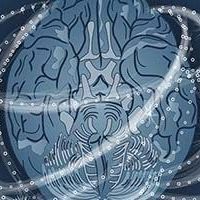
Computer Programs Sift Through Spikes in Nerve Cells’ Activity
Ashley Yeager | May 1, 2018 | 7 min read
Software that can separate signals from noise brings neuroscientists a step closer to understanding neurons’ patterns of communication.

Optical Cell Sorting
Rachel Berkowitz | Dec 1, 2017 | 7 min read
Researchers are using light and new image processing tools for label-free cell characterization.
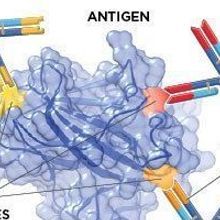
Building Better Reagents
Jane McLeod and Paul Ko Ferrigno | Jan 31, 2016 | 3 min read
Facing problems of inconsistent, time-consuming, and costly antibody production, some researchers are turning to alternatives to target specific proteins of interest, in the lab and in the clinic.
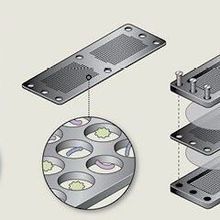
Cultural Riches
Anna Azvolinsky | Sep 30, 2015 | 1 min read
Researchers devise new techniques to facilitate growing bacteria collected from the environment.
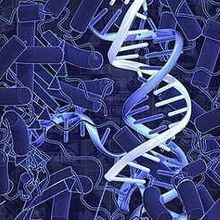
CRISPR 2.0?
Jef Akst | Sep 28, 2015 | 2 min read
A pioneer of the gene-editing technique discovers a protein that could improve its accuracy.
